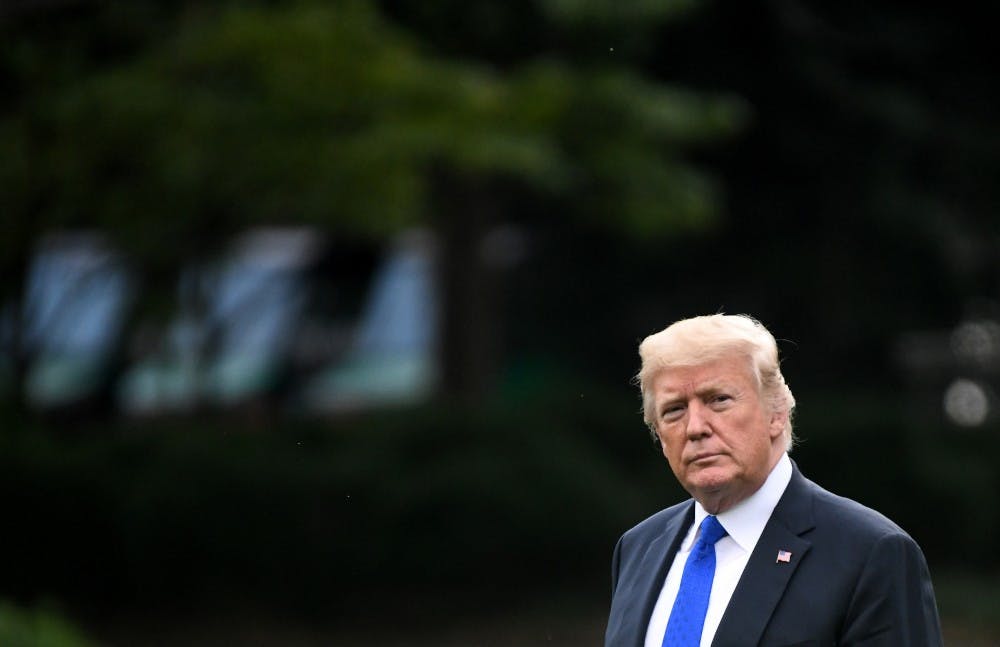The year is 2016. Donald Trump has defied all odds in becoming the Republican nominee, but political analysts are in near agreement that his luck has run out. Hillary Clinton is projected to become the 45th president of the United States, so why bother making a trip to the polls?
This was the thinking that characterized the 2016 presidential election.
CNN estimated that only 55.4 percent of eligible voters cast ballots in 2016. While there is no telling how the election may have played out had more Americans participated, there is much to be learned from analyzing the demographics of those who did vote, especially in regard to the upcoming midterm.
First, the most likely group to control the outcome of the election are white individuals 45 years or older according to data. The Roper Center for Public Opinion Research reported that white people accounted for 70 percent of the vote in 2016, and people 45 or older accounted for a combined total of 56 percent. Interestingly, all of these demographics leaned more strongly in favor of Trump than of Clinton.
In contrast, those aged 18 to 29 tended to vote for Clinton but accounted for only 19 percent of the vote. Despite this low statistic, NPR reports that they represent nearly one-third of eligible voters. What's more, the United States Census Bureau found that only 46.1 percent of those in this age range cast votes as opposed to 66.6 percent of ages 45 to 64 and 70.9 percent of ages 65 and older. In other words, college students could have a major voice in this year's election should they choose to vote.
Individuals of Hispanic origin represent a second key demographic. Representing only 11 percent of the vote in 2016, they had a notably low voting rate of 47.6 percent. Like other demographics with low turnout, they favored Clinton with an overwhelming 66 percent to Trump's 28 percent.
A third point of notoriety is that although black voters accounted for only 12 percent of the vote with a turnout of 59.6 percent (which is close to the white voter turnout of 65.3 percent), their decision was a nearly unanimous 89 percent in support of Clinton.
Perhaps the biggest takeaway for both sides of the 2016 election, though, is that every vote has an impact. The Trump demographic made its presence known by showing up to the polls when it mattered, and the Clinton demographic learned the danger in complacency. Should this lesson carry over into this year's midterms, the previously quiet demographics could have a huge impact on the results.

